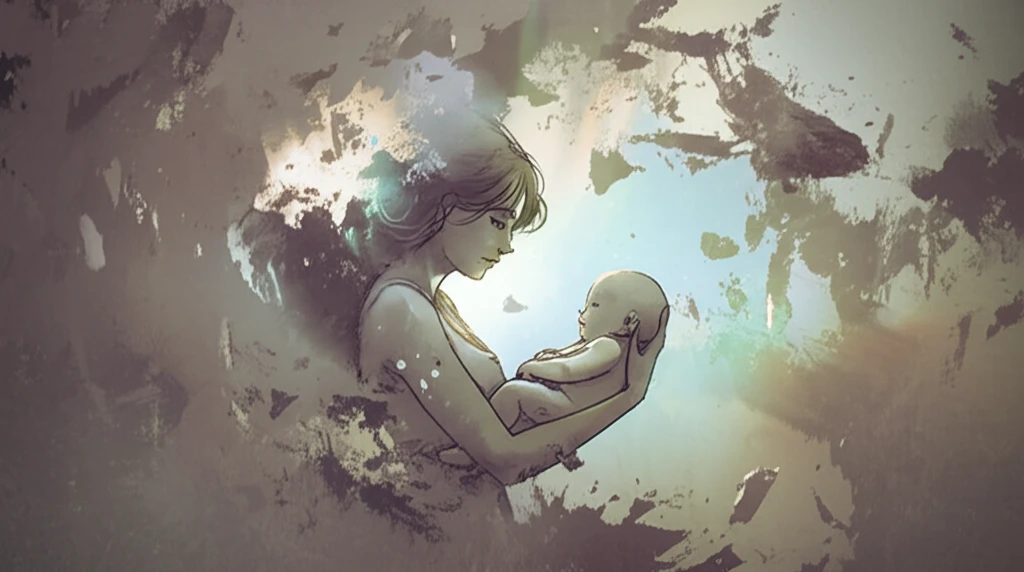
Beyond the Baby Blues: Understanding and Overcoming Maternal Depression
"Navigate the complexities of maternal depression: recognize symptoms, understand risk factors, and discover effective strategies for healing and support."
Depression is a significant global health concern, impacting millions worldwide. Characterized by persistent sadness, feelings of guilt, loss of appetite, fatigue, and difficulty concentrating, it can significantly impair various aspects of life, increasing the risk of suicide. Women are disproportionately affected, with studies indicating a 70% higher likelihood of experiencing depression compared to men.
Women of childbearing age are particularly vulnerable to depression due to hormonal fluctuations and social pressures. Often unrecognized and untreated, depression during pregnancy or the first year postpartum affects 10% to 20% of women. Maternal depression encompasses various conditions affecting expectant mothers and new mothers, including prenatal depression, postpartum depression, and postpartum psychosis. Recognizing maternal depression as a serious public health issue is crucial for the well-being of both mother and child.
Increased rates of maternal suicide have been linked to maternal depression, highlighting the severity of the condition. Early identification and appropriate treatment are essential to mitigate its detrimental effects. Understanding the nuances of maternal depression and its impact on both the mother and child is critical for developing effective prevention and intervention strategies.
Maternal Depression: Unpacking the Symptoms

Prenatal depression encompasses major and minor depressive episodes that begin during pregnancy. Meta-analysis reports indicate a point prevalence ranging from 8.5% to 11.0% across different trimesters. Postpartum blues, characterized by emotional disturbances after birth, includes crying, confusion, mood swings, anxiety, and depressed mood. These symptoms typically emerge in the first week postpartum and may last for a few days with minimal negative effects.
- Persistent sadness or depressed mood.
- Significant fatigue and loss of energy.
- Changes in appetite or weight.
- Difficulty sleeping or excessive sleeping.
Taking the Next Step: Diagnosis and Support
Lack of awareness about maternal depression poses a significant barrier to diagnosis. Many sufferers don't recognize their symptoms early enough to seek timely treatment. Seeking help proactively is crucial to mitigating harmful effects. Given that children are heavily impacted, it's crucial to prioritize this disorder and how it affects them socially, emotionally, and psychologically. Ongoing research is essential to fully understand maternal depression and its global effects.
